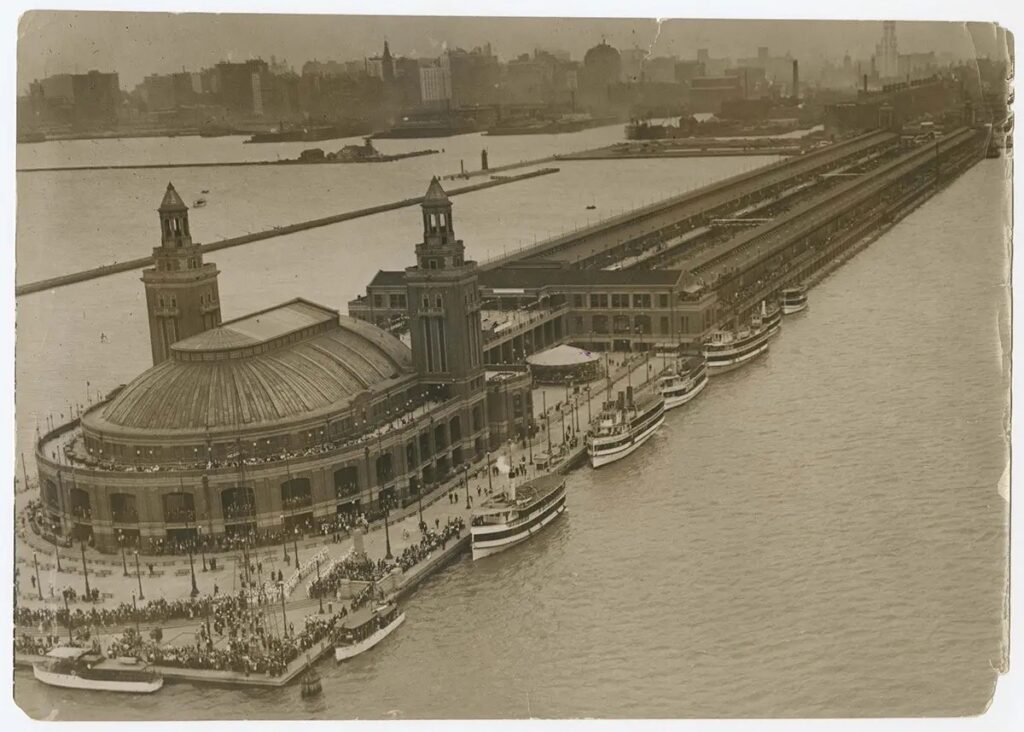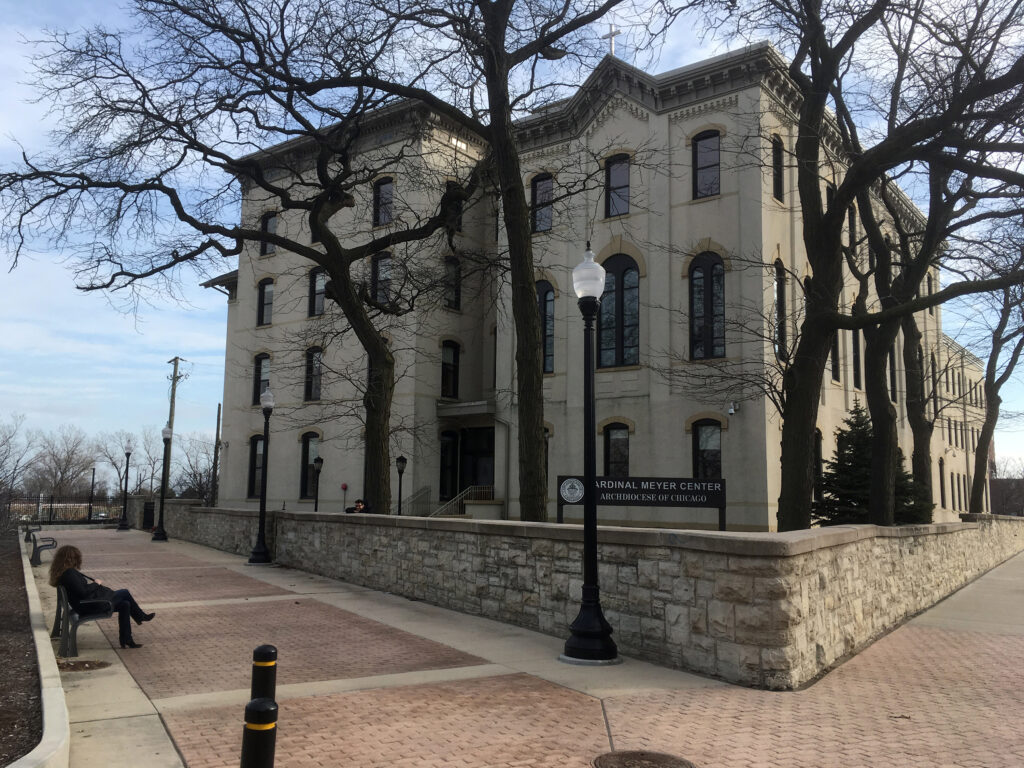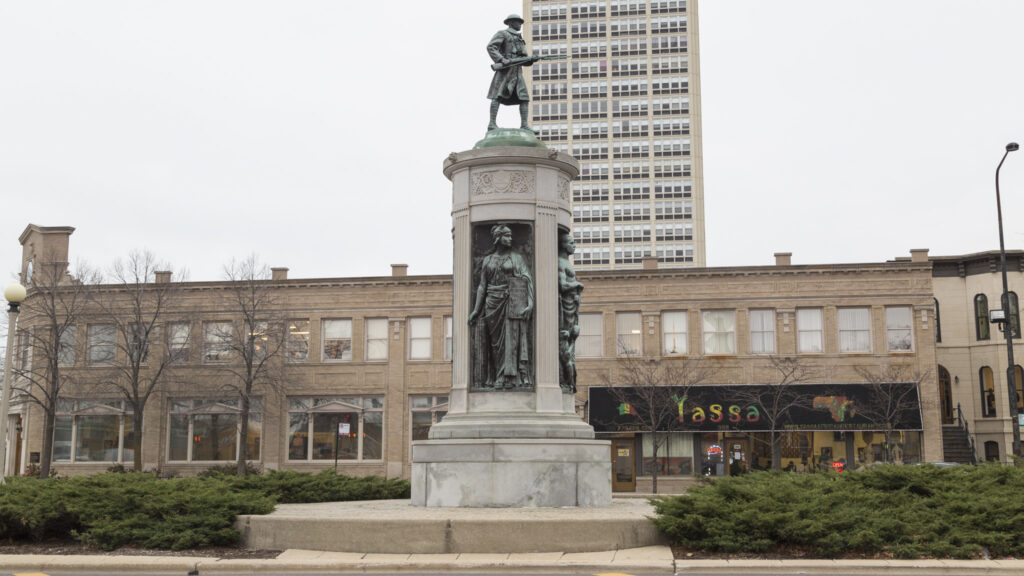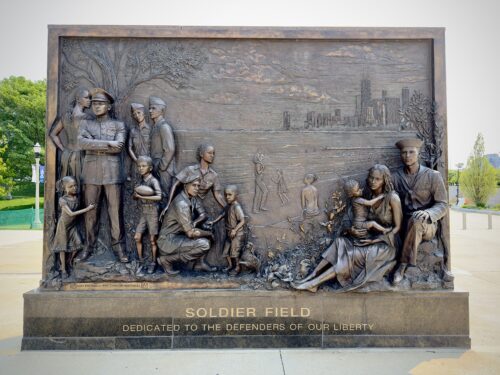

This upcoming Veterans Day weekend, we celebrate and honor those who bravely serve this country. All throughout the Chicagoland area, the city of Chicago salutes veterans in many forms, whether it’s a ceremony or parade…but in this case, we’re talking about monuments. Classic Chicago Magazine is the unofficial tour guide of the Windy City, we’ll cruise all along the city’s landscape to discover the stories that are hidden within the city and connect with those who have served. We take a look at Chicago architecture and culture history, as we celebrate Veterans Day with some of the most notable veteran landmarks in Chicago.

Soldier Field
We take a look at the least subtle landmark in Chicago…Soldier Field, home of the Chicago Bears. It’s impossible to overlook this landmark, even if you tried, it’s right in the name on how it honors those who have served. The Bears have a deep-rooted military connection, it begins with George “Papa Bear” Halas who served the Navy and later formed the Decatur Staleys and helped create the National Football League. Ed McCaskey, husband of Halas’ daughter, Virginia, also served in the Army during the war. After the Great War, millions of American doughboys were returning home and the city leaders decided to rename Municipal Grant Park Stadium to Soldier Field in 1927.

Soldiers’ Home
Soldiers’ Home was constructed at the edge of Camp Douglas prison camp. Located at 739 E. 35th Street, the Home was constructed in a series of stages from 1864 to 1923, designed by William W. Boyington. Chicago’s last remaining building with a direct connection to the Civil War. The hospital was for recovering soldiers during the war; after the war, the hospital served as a home for disabled Union Army veterans.

Grand Army of the Republic (G.A.R.) Hall and Rotunda
After the Civil War, veterans of the Union Army founded a fraternal organization, the Grand Army of the Republic, to encourage and advocate for surviving veterans and observing their fallen brethren. The G.A.R. rooms in the Chicago Cultural Center construction were completed in 1897 in a Memorial Hall, which is currently at the Chicago Cultural Center. The room houses a 40-foot-diameter, 62,000-piece art glass-stained dome. In gold around the room, is a listing of the major Civil War battles. The cherry wood cases along the walls have been newly restored, which were previously exhibited Civil War artifacts, but are now preserved at the Chicago Public Library’s Harold Washington Library Center.

Eighth Regiment Armory and Victory Monument
This was the first armory in the United States built for an African American military regiment. The “Fighting 8th” is deep rooted to the formation of the volunteer Hannibal Guard militia in 1871. It later on went on to become a division of the Illinois National Guard and during World War I was incorporated into the 370th U.S. Infantry. After the armory closed, it became the South Central Gymnasium. In 1999, after major renovations, it was reopened as a public high school.
Victory Monument was erected to honor the worthy achievements of the Eighth Regiment who served in France during World War I as part of the 370th U.S. Infantry. In 1936 they added some bronze panels and put the soldier atop the monument, they were designed by Leonard Crunelle. The monument was dedicated on Armistice Day, November 11th, 1928. The Eighth Regiment Armory and Victory Monument are two of nine structures in the Black Metropolis-Bronzeville Historic District.

Naturally there are so many ways the city of Chicago honors its veterans, but the most important aspect of it all is making sure to remember them and never to forget the sacrifice they paid for. Honoring veterans can be as grand as a monument or parade, or simply being close with your loved ones and enjoying a meal and watching a ball game.






